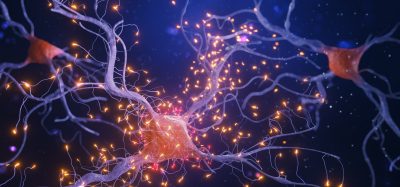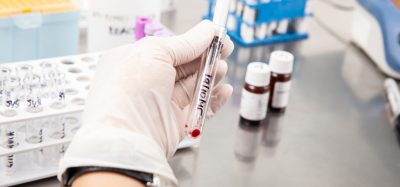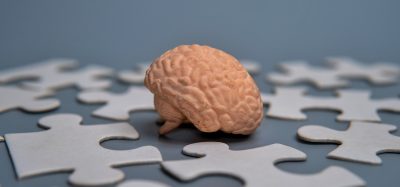Gene found to protect motor neurons against degeneration
Posted: 19 February 2020 | Mandy Parrett (Drug Target Review) | No comments yet
Results of an international collaboration show promise for the future of motor neurone disease treatment efforts, as protective gene is identified.


Researchers at Karolinska Institutet in Sweden and the University of Milan in Italy have identified a gene in human neurons that protects against the degeneration of motor neurons in two of the progressive motor neuron diseases, amyotrophic lateral sclerosis (ALS) and spinal muscular atrophy (SMA). Mouse models have demonstrated the success of gene therapy in preventing cell death and increasing life span in these diseases.
ALS and SMA are characterised by a gradual loss of motor neurons, which manifests in loss of muscle function, including paralysis, for which there is currently no treatment. However, some motor neurons are more sensitive than others: those in the spinal cord, for example, are extremely sensitive to degeneration, while the ocular motor neurons in the brain stem, which we use to move our eyes, are highly resistant.
Sturdy neurons
The Europe-based researchers have identified a gene, Synaptotagmin 13 (SYT13), that is relatively abundant in resistant oculomotor neurons in mice, rats and humans compared with the sensitive motor neurons in the spinal cord. SYT13 codes for a protein that belongs to a group of membrane proteins.
In experiments with human motor neurons produced from induced pluripotent stem cells (iPS cells) taken from ALS and SMA patients, the researchers were able to show that cells were protected when the SYT13 gene was introduced.
The gene promoted a protective effect regardless of the genetic causes of the diseases.
“This is extremely useful from a therapeutic perspective, since the mechanisms behind neuronal loss are largely unknown in 90 percent of all ALS patients and can differ from one individual to another,” says Eva Hedlund, researcher at the Department of Neuroscience, Karolinska Institutet and one of the senior authors of the study.
On conducting gene therapy experiments in animal models of ALS and SMA, the team was then able to show that the introduction of SYT13 saves sensitive motor neurons from degeneration in both diseases. The treated mice also lived up to 50 percent longer in the case of SMA and 14 percent longer with ALS.
“Our results suggest that SYT13 is a very promising gene therapy candidate for patients with motor neuron disease,” says Monica Nizzardo, researcher of the Centro Dino Ferrari, University of Milan, IRCCS Fondazione Ca’ Granda, Ospedale Maggiore Policlinico, and first author of the study.
There are currently no effective treatments for ALS and its causes are known in only the 10 percent of patients with the inherited form of the disease. SMA, however, is caused by mutations in a gene called survival motor neuron 1 (SMN1), for which two new therapies have recently been approved.
“New complementary treatments for SMA and a form of therapy that helps all patients with ALS, regardless of pathogenesis, are needed,” says Stefania Corti, researcher of the Centro Dino Ferrari, University of Milan, IRCCS Fondazione Ca’ Granda, Ospedale Maggiore Policlinico, and other senior author of the study.
“We’ll continue looking for additional factors that are unique to resistant motor neurons, and thus identify more potential therapeutic targets,” says Eva Hedlund.
The study was published in Acta Neuropathologica.
Related topics
Disease Research, DNA, Drug Leads, Gene Therapy, Genetic Analysis, Neurons
Related conditions
Amyotrophic Lateral Sclerosis (ALS), Motor neurone disease (MND), spinal muscular atrophy (SMA)
Related organisations
Karolinska Institutet, University of Milan
Related people
Eva Hedlund, Monica Nizzardo, Stefania Corti








